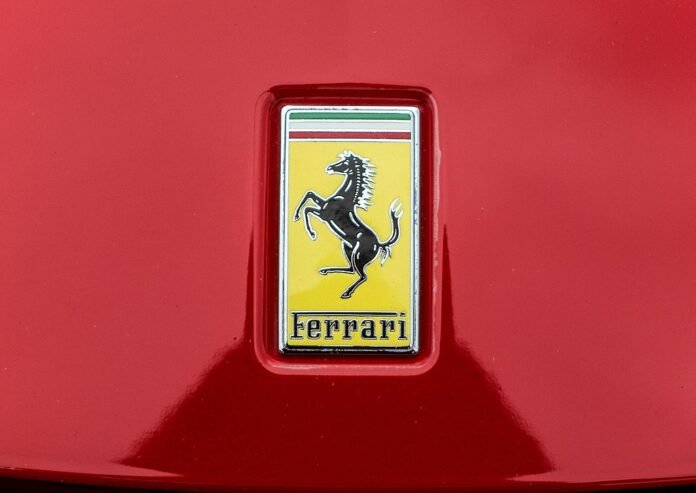Ferrari unveils a radically overhauled sf-25, claiming 99% of the car is new—will it deliver results?
Ferrari has pulled the covers off its 99% new 2025 Formula 1 car, the SF-25, unveiling a radically revised design that features a switch to pullrod front suspension, an extended wheelbase, and larger cooling inlets. The team insists this is an evolution rather than a revolution, but the sweeping changes suggest otherwise.
The car recently completed a shakedown at Fiorano, staying largely consistent with the renders Ferrari revealed earlier. However, as always in F1, there’s no guarantee this is what will appear at pre-season testing in Bahrain.
Embed from Getty ImagesSuspension Overhaul and Wheelbase Changes
One of the biggest talking points is the move from pushrod to pullrod front suspension, a decision driven by new chassis technical director Loïc Serra, who joined from Mercedes. The main goal? Optimising aerodynamics by cleaning up airflow around the car, allowing for further development—something Ferrari felt had hit a ceiling with its previous configuration.
Ferrari has also lengthened the wheelbase by pushing the front wheels slightly forward. This tweak opens up more space between the front wheels and the sidepods, helping control turbulent air and reduce its negative impact on the crucial underfloor aerodynamics.
Front Wing Adjustments
While Ferrari’s front wing remains largely unchanged, the boxier nose could be a notable difference. The team has continued with a slot gap between the nose and the front wing’s leading element, a feature designed to push more airflow under the nose and increase mass flow to the underfloor.
Cooling Adjustments and Sidepod Evolution
With Ferrari expecting a tighter season, the team has opted for larger radiator inlets to maintain cooling performance in high-traffic conditions. These inlets are now more integrated into the bodywork, reducing disruptive airflow separation pockets.
A significant tweak is the sidepod’s upper surface, which now features a more pronounced turning vane at the outer edge. This adjustment generates a vortex that improves airflow over the sidepod’s upper corner, potentially reducing airflow spillage into the rear ‘coke bottle’ area, which is critical for diffuser performance.
To match the increased inlet size, Ferrari has also added small engine cover openings along the car’s spine. This setup, inspired by Alpine’s 2024 design, helps pull hot air through the radiator, rather than forcing it out, improving overall cooling efficiency.
Rear Suspension and Underfloor Airflow
Unlike the front, Ferrari has stuck with pullrod rear suspension, a system the team introduced in 2022. The top wishbone’s forward leg appears to be mounted lower than before, increasing anti-lift properties to help stabilise the car under braking.
Additionally, Ferrari has extended the gully section on top of the sidepods, reminiscent of its 2022 design philosophy. This adjustment helps channel airflow more efficiently towards the rear, improving the beam wing’s performance and enhancing the diffuser effect at low ride heights.
A Bold but Unproven Concept
While Ferrari insists this is a carefully considered evolution, the sheer scale of changes suggests otherwise. With a new front suspension philosophy, altered cooling layout, and refined aerodynamics, the SF-25 could either be Ferrari’s breakthrough moment—or another bold gamble that fails to deliver.
With pre-season testing in Bahrain just around the corner, all eyes will be on whether this 99% new machine can finally bring Ferrari back to the top
